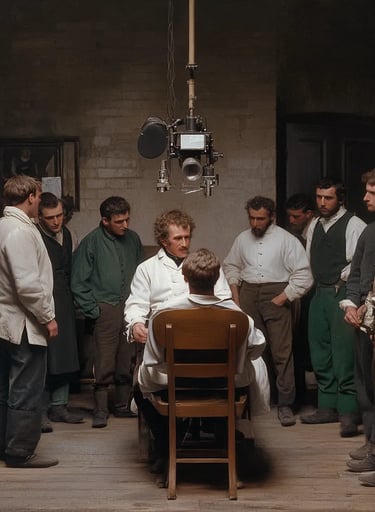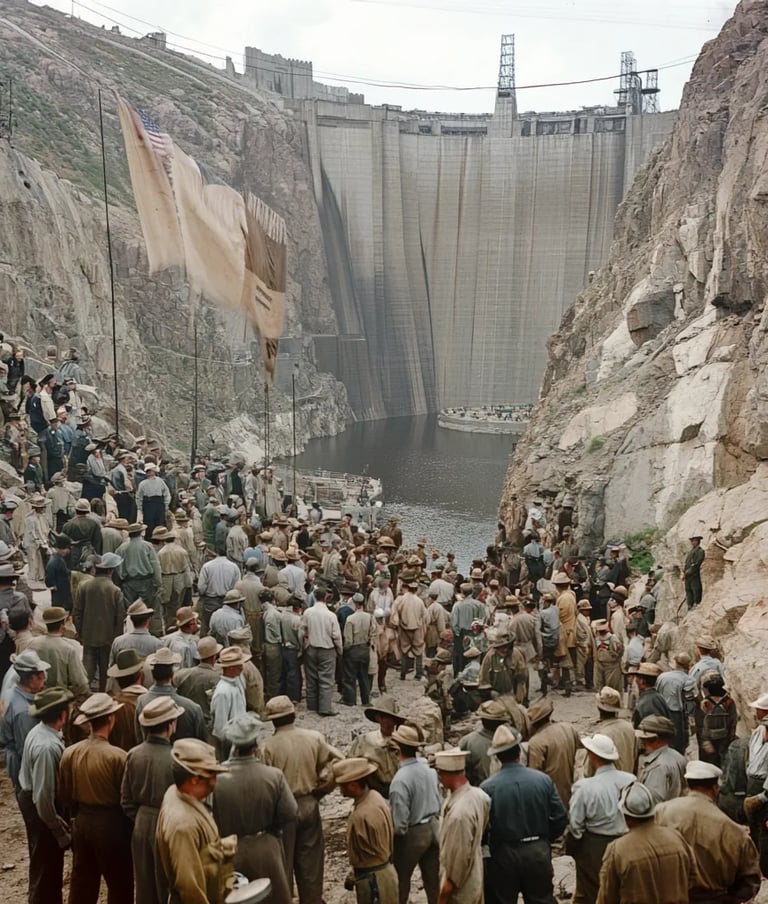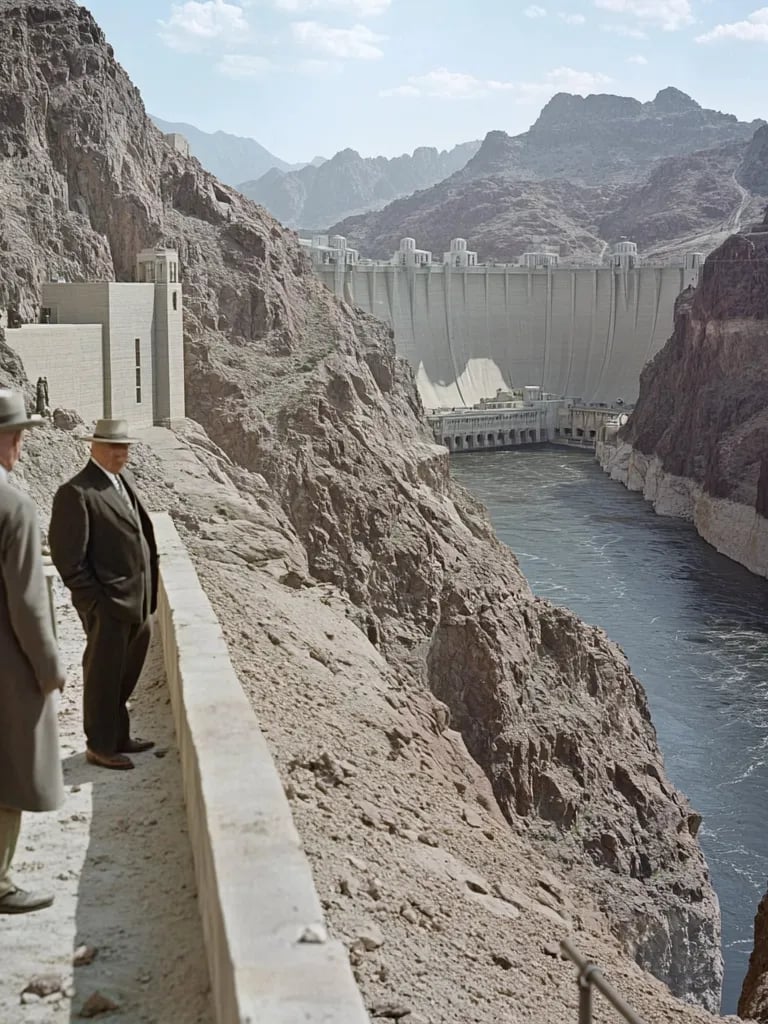In 1522, facing severe food shortages, the women of Utrecht made a public appeal for help—a rare act of collective protest in an age when most civic matters were male-dominated. Their plea highlighted the desperation gripping the city as hunger tightened its grip. The event stands as a powerful reminder that, in times of crisis, even those silenced by custom can raise their voices and demand to be heard.


1522 – Starving Voices Rise: Women of Utrecht Demand Relief




On July 13th, 1573, after enduring a brutal seven-month siege, the Dutch city of Haarlem surrendered to Spanish forces during the Eighty Years’ War. Starvation, disease, and relentless bombardment weakened the city’s defenders. Though surrender spared much of the population from slaughter, its fall was a psychological blow to the Dutch Revolt. Yet Haarlem’s resistance inspired other cities to continue fighting against Spanish rule.


1573 – After Seven Grueling Months, Haarlem Falls to Spain




In 1832, American geographer Henry Schoolcraft identified Lake Itasca in Minnesota as the true source of the mighty Mississippi River. His discovery corrected earlier misconceptions and helped map one of North America’s most important waterways. The Mississippi, winding over 2,300 miles south to the Gulf of Mexico, had long fueled trade, settlement, and exploration—yet its hidden origin remained a mystery until Schoolcraft’s expedition solved the riddle.


1832 – Charting the Unknown: Mississippi River Source Discovered




July 13th, 1837 marked a royal first as Queen Victoria took up residence in Buckingham Palace, making it the official home of Britain’s monarchy. The palace had previously been viewed as unsuitable for royal living, but Victoria embraced it as a symbol of modern monarchy. Over time, the building evolved into one of the world’s most recognized landmarks—hosting state events, royal weddings, and iconic balcony appearances.


1837 – Victoria Moves In: Buckingham Palace Becomes Royal Home




In 1962, 500 Indonesian paratroopers were dropped over Dutch New Guinea as part of Indonesia’s military push to claim the territory. The operation aimed to pressure the Netherlands during an ongoing dispute over the region’s future. Facing rugged terrain and scattered resistance, the parachute drop marked a bold but chaotic phase in the struggle that would eventually result in Indonesian control after international mediation.












